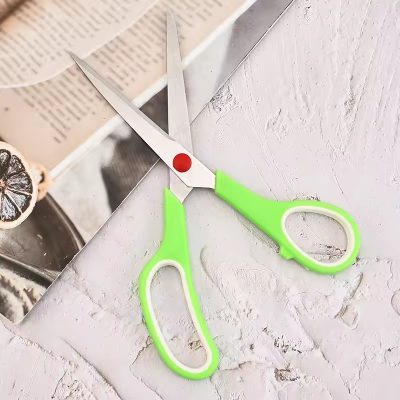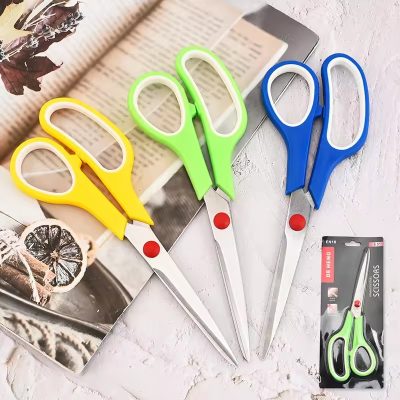Introduction
Office scissors are a common tool in any workplace, but they can pose safety risks if not used properly. Accidents involving scissors can lead to cuts, injuries, and even more serious incidents. In this blog post, we’ll provide essential safety tips for using office scissors to ensure a safe and productive work environment.
Proper Handling and Use
Understanding how to handle and use scissors correctly is the first step in preventing accidents:
- Use Scissors Appropriately: Only use scissors for their intended purpose, such as cutting paper or lightweight materials. Avoid using them on inappropriate objects like wire or heavy plastic, which can damage the blades and cause accidents.
- Cut Away from Your Body: Always cut away from your body and keep your fingers clear of the cutting path. This reduces the risk of accidental cuts and injuries.
- Pass Scissors Safely: When handing scissors to someone else, offer the handles, not the blades. This ensures that the other person can safely take the scissors without risk of cutting themselves.
Storage and Maintenance
Proper storage and maintenance of scissors can prevent accidents and prolong their lifespan:
- Store Safely: Keep scissors in a designated drawer or container when not in use. Use blade covers or sheaths to protect the blades and prevent accidental cuts.
- Keep Blades Sharp: Dull blades require more force to cut, increasing the risk of slipping and accidents. Regularly sharpen the blades to maintain their efficiency and safety.
- Clean Regularly: Remove adhesive residue, dust, and debris from the blades to prevent them from becoming sticky or difficult to use.
Ergonomic Considerations
Using scissors that are ergonomically designed can reduce hand strain and improve safety:
- Choose Ergonomic Handles: Scissors with soft-grip, contoured handles provide better control and reduce hand fatigue during prolonged use.
- Select the Right Size: Use scissors that fit comfortably in your hand. Scissors that are too large or too small can be difficult to control, increasing the risk of accidents.
Child Safety
If there are children in the office or if you work in an environment where children may be present, special precautions are necessary:
- Use Child-Safe Scissors: Provide child-safe scissors with rounded tips and blunt blades to reduce the risk of injury.
- Store Out of Reach: Keep all scissors out of reach of children when not in use. Ensure that they are stored in a secure location.
Emergency Preparedness
Being prepared for accidents can help mitigate their impact:
- First Aid Kit: Keep a well-stocked first aid kit in the office, including bandages, antiseptic wipes, and medical tape.
- Know Basic First Aid: Ensure that staff members are trained in basic first aid, including how to treat cuts and minor injuries.
Conclusion
Office scissors are an essential tool, but they must be used with caution to prevent accidents and injuries. By following proper handling, storage, and maintenance practices, and choosing ergonomically designed scissors, you can ensure a safe work environment. Implementing these safety tips will help protect yourself and others, making your office a safer place to work.








